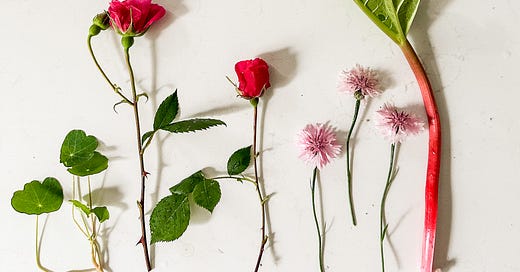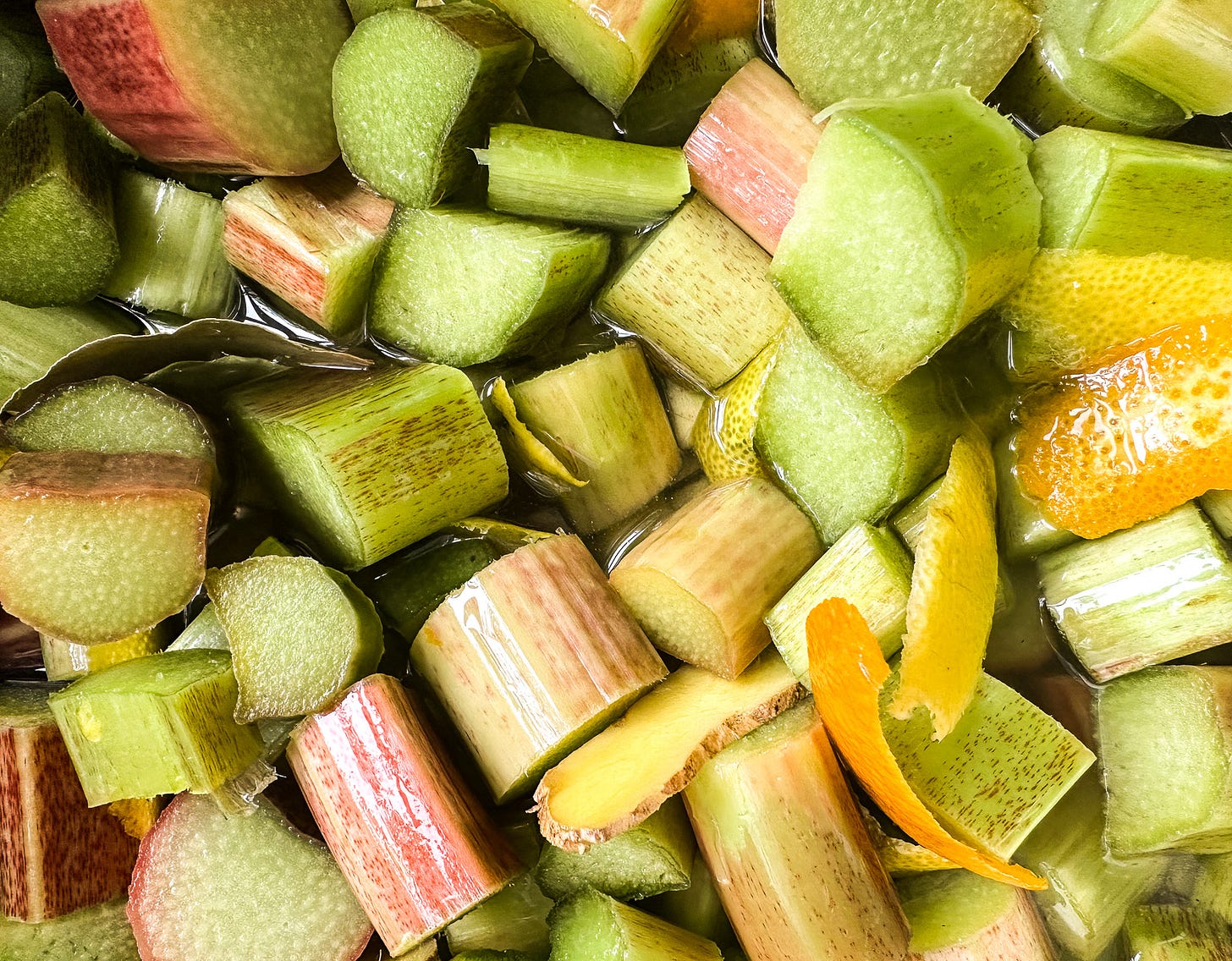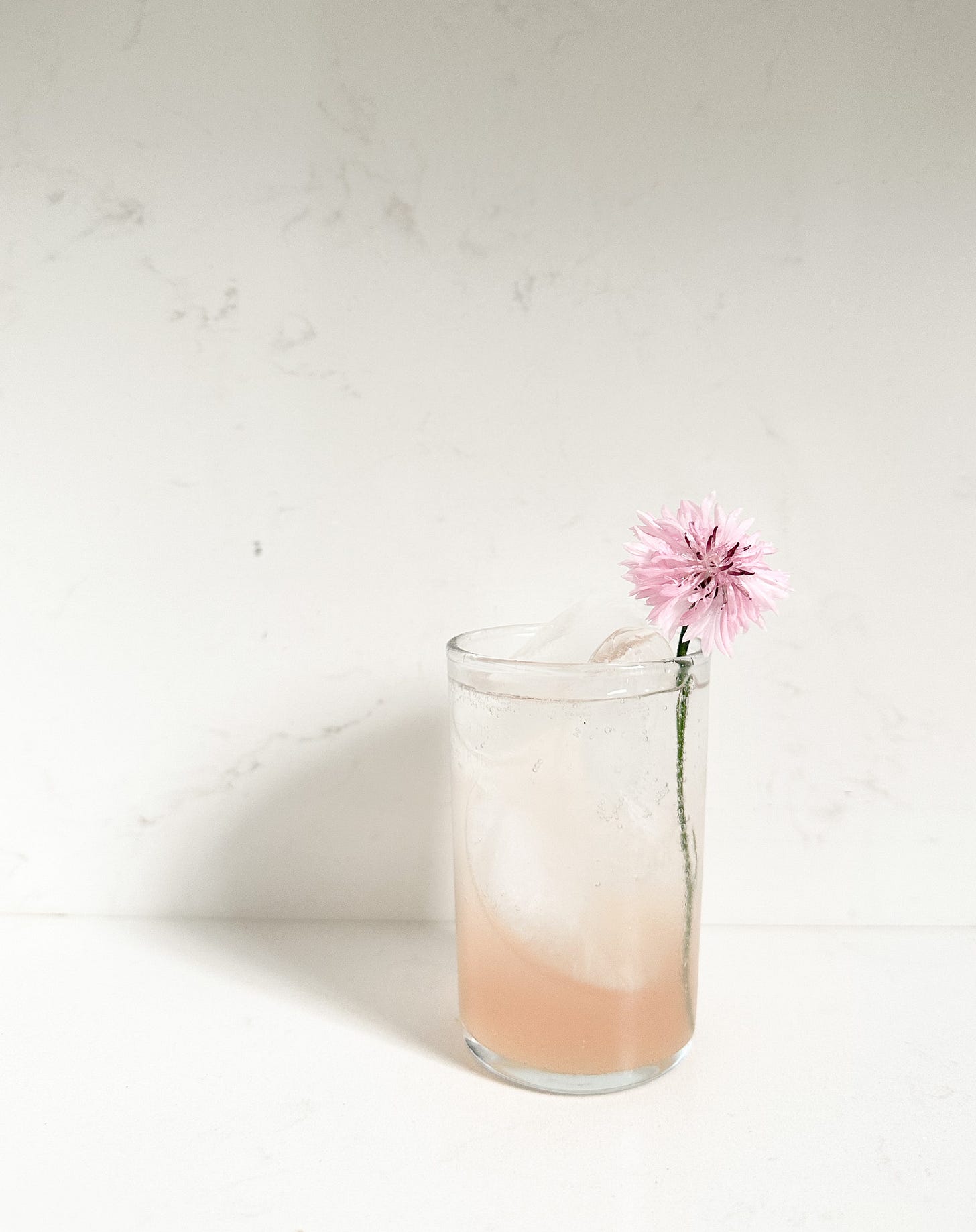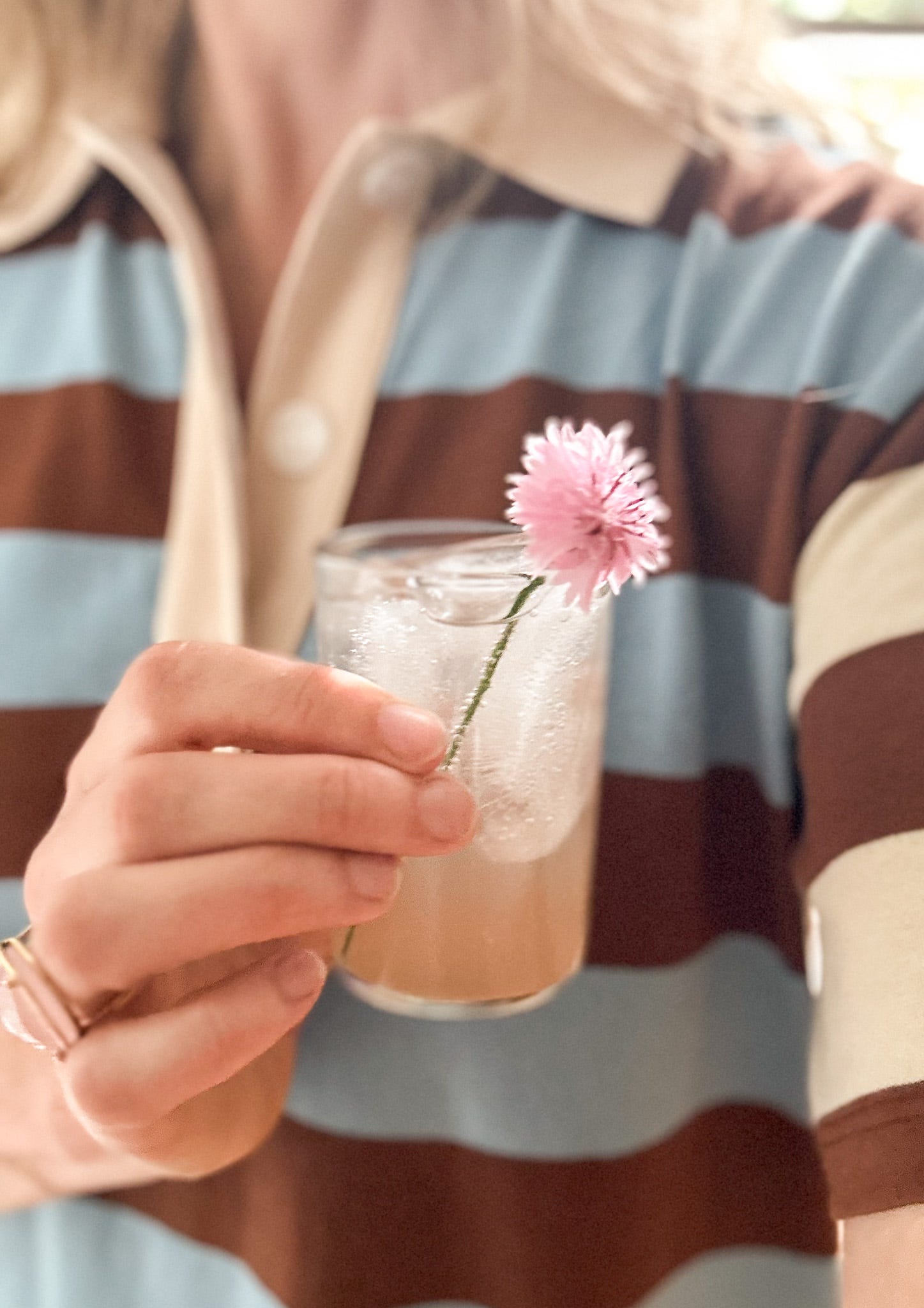I took a learn-to-row class a few weeks ago. It was every evening, Monday to Friday, at the same boat club where I rowed for a few seasons when I was in University. I haven’t rowed since and thought I could use a refresher.
I took the course with my friend Gen. We were the oldest by twenty years. This meant we were the most efficient helpers. We got the oars onto the dock quickly. We sprayed down the boats and wrapped the hose up afterwards. We knew how to use the ergometers in the boat house. It also meant we looked at each other, wincing a little, when asked to crawl under the boat, in a low limbo, while walking it out to the dock. I can’t remember getting boats onto the water when I was twenty. I can’t remember telling my core to activate when lifting shells overhead.
But I do remember how to row. We take turns in our seats, setting up at the catch, lowering our blades into the water, driving it through with the strength of our legs, then finishing with the pop of the blade, wrists rolling back and a slow recovery up the slide to begin the stroke again. It feels good. My blade pulls through the water creating a swirl I haven’t seen in years - the cross section of a mushroom, curling at the sides.
Our instructor whizzes towards us in the coach boat and quiets the coughing engine so we can hear his calls. He wants us to count slowly as we drive through with our legs - one, two, three four - then count just as slow on the recovery - one, two, three, four. He tells us he bought a metronome in highschool, a few years into his rowing career. The even pace, tick tock, back and forth, taught him how to slow his rowing down. Things go wrong when we rush. We fall off the ergometer. We get out of sync. Oars dip too deep into the water. We can’t hear the pop of the blades or see the mushroom swirls in the water.
I think about my friend Tracy who took up rowing at the age of 25 and went on to win a World Championship and a bronze medal at the Beijing Olympics. I share this with the young, fit medical student in the seat behind me. Her eyes light up. Start slow, end big.
I walk home and pass a patch of rhubarb running along the side of a house, overgrown and going to seed. The house looks lonely. When I get home I linger in the backyard, throwing a ball for Dottie while pulling weeds and twisting rhubarb from the ground. The rhubarb comes from our old neighbour who dug up the root and flung it over the fence before we moved eight years ago. It’s been growing in our new garden ever since, slowly producing pink stalks in its new home.
The garden was an overgrown jungle when we moved in, the kind where small trees, soccer balls and little children could hide inside overgrown spirea and scratchy alders. I’ve hacked away at it over the years, rushing at first, then surrendering to the slow beats of nature, weeding, planting, killing, reviving, loving and learning, over and over again.
My aunt Sandra has a painting on her wall, a calendar of sorts, where each month is marked by flowers in bloom. It was painted by another local Olympian, Aileen Meagher, who after her running career became an artist, a teacher, and a friend of Sandra’s. I never met Meagher, but I’ve always loved that garden calendar on Sandra’s wall. The seasons beat slowly, and with them, we learn and evolve. Start big, end slow.
It's the end of my June garden. I cut the dead branches from our climbing roses, killed by the frost over the winter. I weed the mossy thyme that grows between the paving stones and water the pink cornflowers that are growing in a stone vessel I found here in the garden, hiding in the overgrowth. I snip round nasturtium leaves for dinner. I love how this tangled plant thrives in our climate and gives us flowers for salads and spicy leaves for sandwiches, all summer long.
Inside, I make rhubarb cordial. I have a pile of stalks from a friend’s garden and a few skinny stalks of my own. I follow an old recipe that says cook the rhubarb until it falls apart. When things fall apart, with patience, good things can happen. The strained mixture becomes a magically pink, beautiful syrup.
Rhubarb Cordial
Scale this recipe up or down, depending on your amount of rhubarb, and play with flavourings. This recipe (do I say this every time?) is forgiving! It will make just over 1 litre of cordial. (The difference between a cordial and a syrup, I’ve learned, is that a cordial is made with fruit and peels - rhubarb, orange and lemon in this case.) Thanks to Alethea for the inspiration behind this recipe.
400g (roughly 1 ¾ cups) white sugar
400ml water
1kg rhubarb, approximately 8 cups, chopped
Zest and juice of 1 orange
Zest and juice of 1 lemon
A finger or fresh ginger, sliced
1 bay leaf (optional!)
Combine sugar and water in a large saucepan over medium heat, stirring occasionally until the sugar dissolves. Add remaining ingredients, stir, then leave to simmer over low heat until the rhubarb falls apart. Stain the mixture through a sieve (for an extra clear syrup line the sieve with muslin, or strain mixture through a jelly or nut milk bag). Transfer cordial to a sterilized jar and refrigerate for up to one month. To make the drink, mix one part cordial with four parts sparkling water (or to taste). Add a splash of gin if you’d like, perhaps a slice of lemon, and garnish with an edible flower from the garden.








So easy to envisage you in the rowing shell - that slow, strong glide on flat water. I wish I'd learned to row in a shell. Both my son and daughter learned.
Then I walked through the garden and finally picked the rhubarb.
And noted the subtle advice wafting through like motes in the sunshine.
Thank you.
Very excited to make this rhubarb cordial (will definitely try it with gin). Loved your story about rowing and so happy to find you mention my old friend Aileen Meagher, a wonderful painter. Starting my first job at the Dal Art Gallery, just arrived from Toronto, Aileen was one of the first local artists I met. She'd studied with the great Hans Hofmann in New York, I was thrilled to discover. Aileen was kind: she gave me a Hofmann catalogue from the early days of Abstract Expressionism in New York and I treasure it still. Aileen lived on Seymour St., in the block south of Coburg Rd., so walking to work every day I loved how she always placed a new very beautiful flower arrangement in her front window every day - flowers from her own garden or leaves and branches according to the season. I looked forward to each - expressions of her artist's spirit.